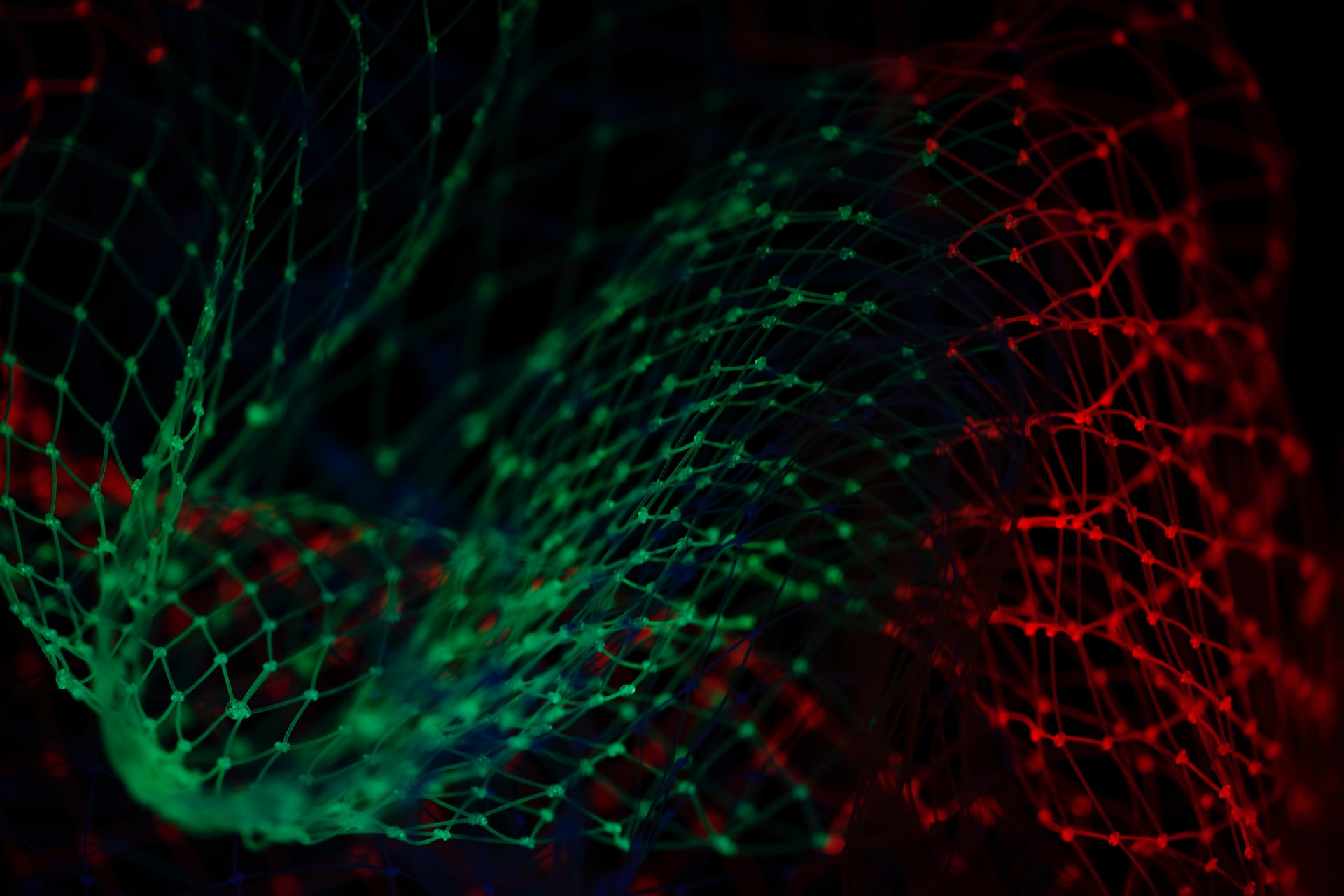Artificial Intelligence (AI) constitutes a vast field with diverse subfields, and two pivotal terms within its realm are Machine Learning (ML) and Deep Learning (DL). These concepts, while interconnected, exhibit distinctive characteristics. This exploration delves into the fundamental disparities between Machine Learning and Deep Learning.
Definition:
- Machine Learning (ML):
- ML, a subset of AI, centers around developing algorithms enabling computers to learn patterns from data.
- It involves constructing models and training them on historical data to make predictions or decisions without explicit programming for the task.
- Deep Learning (DL):
- DL, a specialized subset of Machine Learning, employs neural networks with multiple layers (deep neural networks).
- It aims to simulate the architecture of the human brain, utilizing interconnected layers of nodes or artificial neural networks.
Architecture:
- Machine Learning:
- ML algorithms are designed for specific tasks, such as classification, regression, clustering, or reinforcement learning.
- The architecture of traditional ML models tends to be shallower and less complex compared to deep neural networks.
- Deep Learning:
- DL employs deep neural networks with many layers (deep architectures).
- These networks can automatically learn hierarchical representations of data, extracting features at various levels of abstraction.
Feature Engineering:
- Machine Learning:
- ML often necessitates manual feature engineering, where domain experts design and select relevant features for the model.
- The performance of traditional ML models heavily relies on the quality of these handcrafted features.
- Deep Learning:
- DL models can automatically learn features from raw data, diminishing the need for extensive manual feature engineering.
- Deep neural networks excel at learning intricate patterns and representations directly from input data.
Data Requirements:
- Machine Learning:
- ML models can perform well with moderate amounts of labeled data.
- Feature engineering is crucial in ML, as model performance depends on the quality of the selected features.
- Deep Learning:
- DL models, particularly large ones, often require substantial amounts of labeled data.
- Deep learning thrives in scenarios with vast datasets, leveraging the capacity of deep architectures to learn complex patterns.
Interpretability:
- Machine Learning:
- ML models are generally more interpretable and transparent, facilitating a better understanding and trust in their decision-making process.
- Deep Learning:
- DL models, especially deep neural networks with many layers, can be considered “black boxes“, making interpretation challenging.
Applications:
- Machine Learning:
- ML finds widespread use in various applications, including recommendation systems, fraud detection, and natural language processing.
- Deep Learning:
- DL has demonstrated remarkable success in tasks such as image and speech recognition, natural language processing, and playing complex games like Go.
Conclusion:
In summary, Machine Learning represents a broader concept that encompasses various algorithmic approaches, while Deep Learning is a specialized form of ML that concentrates on neural networks with multiple layers. The choice between ML and DL hinges on factors like the task’s nature, available data, and interpretability requirements. Both approaches have strengths and weaknesses, and understanding their differences is imperative for effectively applying AI across different domains. For a deeper understanding of the terms and concepts used, refer to the comprehensive resources linked throughout the text.
Photo by Pietro Jeng on Unsplash
